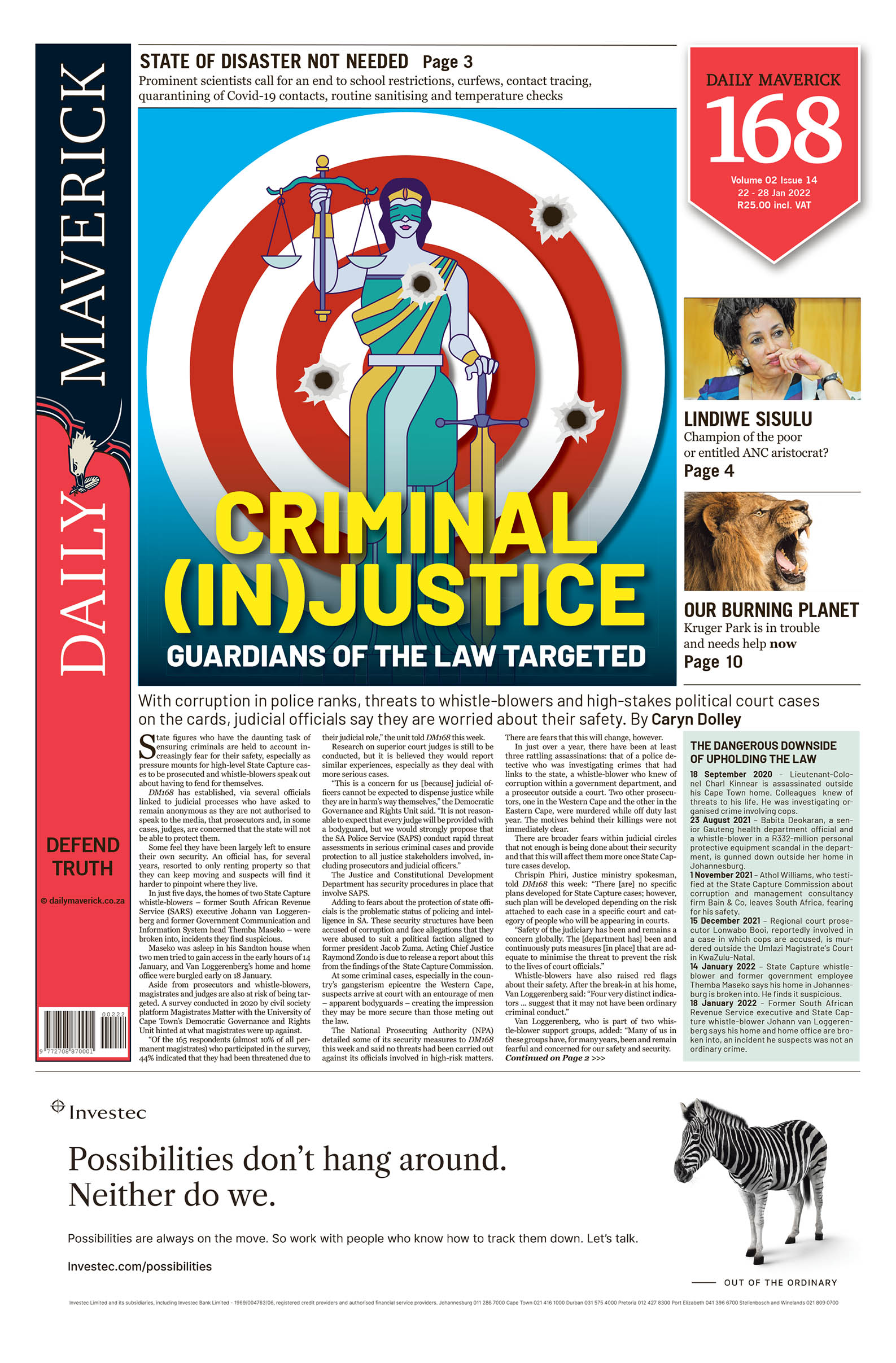Opinions on crypto are divided into roughly three schools of thought. First, will it replace existing financial markets as they are subsumed under a tidal wave of hyperinflation fuelled by quantitative easing?
Second, will the crypto bubble pop as low rates and extraordinarily loose monetary policy end, exposing it as a pseudo-inflation-hedge Ponzi scheme investor cult? Or, third, will it simply coexist with traditional finance, becoming more regulated and mainstream while traditional finance evolves to adopt and embrace at least elements of the crypto universe?
It is worth delineating the three parts of what broadly constitutes the world of crypto.
First are the coins, the best known of which is the benchmark bitcoin. These hover between being currencies and assets, and can either be seen as speculative investments or as means of exchange. Second are the tokens, or most famously non-fungible tokens, which are purely speculative. They usually take the form of various uniquely coded memes, for example, cigarette-smoking simians, which have been auctioned for hundreds of thousands of dollars.
Finally, there is the blockchain, which is the technology underpinning it all that acts as a tamper-proof ledger for storing and retrieving the digital files used by all crypto instruments.
According to Hester M Peirce of the US Securities and Exchange Commission (SEC), what is most critical to the future of all these spheres of crypto finance will be how regulations evolve to ensure that they are transparent, taxed and safe for consumers to invest and transact in.
Peirce says there is little doubt that until now, regulators have not done a good enough job. Faryar Shirzad, chief policy officer of crypto exchange Coinbase, argues that regulators have been “acting within the limits of their statutory authority and what they know, and have been trying to fit crypto into these traditional regulatory frameworks as opposed to looking at crypto as an essentially different type of market structure”. This is where they have run into problems.
Traditional financial regulation in America, which evolved in the 1930s after the Great Crash, was based on regulating the intermediary and making sure they were behaving in an ethical, transparent and responsible manner. Crypto, of course, doesn’t necessarily require intermediaries as it is nominally decentralised. This means that the traditional approach to financial regulation simply cannot work. Instead, regulators need the political and policy room to develop new methods.
The first US Congressional hearing on regulating crypto, held last November, has been described as an inflection point. The US Congress sees that far more needs to be done to ensure that the SEC has the resources and tools to protect consumers in this new asset class and market structure.
Many are wary of the potential problems and pitfalls that an essentially unregulated market and asset class may present to consumers. It has also become clear that existing institutions such as central and commercial banks are becoming aware of the opportunities that cryptofinance – particularly blockchain technology – can provide.
Several central banks, including the Fed and the European Central Bank, are developing blockchain-based digital currencies alongside the traditional dollar and euro. We may thus be seeing the effective coopting of crypto technology by institutions one associates with “old finance”, while new crypto exchanges and brokers will become more regulated, safer and more essential to the smooth functioning of crypto markets.
Maybe the future of finance will not look all that different, only with more effective technology underpinning all markets, crypto and traditional. I am sure investors would be pro blockchain if it meant settlement times for equities and bonds were faster than the glacial T + 5 days of the JSE. More investors may participate in crypto if the same checks and balances of traditional brokers existed and market structures were less opaque.
Crypto faces perhaps its toughest test yet in the form of tighter monetary policy. Perhaps it is not just a coincidence that crypto markets boomed just when the Fed started its Covid-19 pandemic relief package of unprecedented easy monetary policy.
That tsunami of free money had to gush somewhere. Over the last year, benchmark crypto coins such as bitcoin have traded in line with ultra-risky assets such as speculative tech equities. As rates have started to rise – and look set to continue – their value has been decimated. Bitcoin has been down almost 40% in the past three months.
This coincidental concurrence of regulation and monetary implosion looks set to shape the future of crypto. As with any development in financial engineering, there are bound to be bubbles and crashes. Much like an arrangement of tulips on one’s table is a quaint throwback to the 17th-century tulip boom and bust in Holland, perhaps we will come to look on the future humdrum use of crypto as a poetic aide mémoire of a past age of irrational overexuberance. DM168
This story first appeared in our weekly Daily Maverick 168 newspaper which is available for R25 at Pick n Pay, Exclusive Books and airport bookstores. For your nearest stockist, please click here.


















 Become an Insider
Become an Insider
Comments - Please login in order to comment.